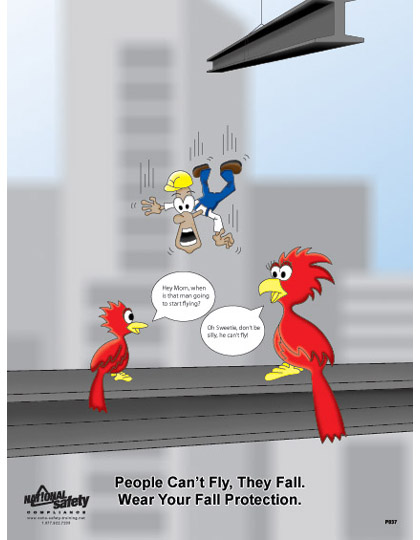Who would have thought that a healthy, young firefighter would lose his life during a baseball game? That is exactly what happened on Thursday night, when Shannon Stone, attending the Texas Rangers game with his young son, age 6, reached to catch a ball tossed into the stands by AL MVP Josh Hamilton. This is common for outfielders to do, giving fans a chance for a baseball. Stone, a firefighter from Brownwood, Texas, caught the ball, but tumbled over a railing and plunged 20 feet onto concrete. When the first responders got to him, he was waving his arms, and asking them to be sure his son was all right, as he was in the stands alone. His arms were swinging, and he talked and was conscious. A man beside him tried to catch him as he fell, but was unable to. The 39-year old veteran firefighter lost his life a short time later at a Fort Worth hospital, according to the Tarrant County Medical Examiner.
Firefighters in Brownwood lost no time holding a benefit cook-out for the Stone family. Shannon had served with the Brownwood Fire Department for almost 18 years, according to Brownwood City Manager Bobby Rountree. Brownwood is located 150 miles southwest of Arlington. According to a lady sitting nearby Stone at the game, Shannon was asking Josh to throw him the ball. Hamilton and the entire Rangers team are very distraught over this tragedy.
Almost exactly a year earlier at Rangers Ballpark, another firefighter fell about 30 feet from the second-deck of seats down the right-field line while trying to catch a foul ball on July 6, 2010. Tyler Morris, a firefighter from the Lakes Cities Fire Department near Dallas, fractured his skull and sprained an ankle last year when he dropped onto seats where other fans were sitting. After the incident, Morris called the accident an “100 per cent accident that could have happened to anybody.” The four fans that he landed on had only minor injuries, and remained at the game and then were treated in the stadium’s first aid area. Morris didn’t blame the Rangers or the ballpark. In 1994, a Plano woman posing for a picture after the Rangers’ first game in the new stadium sustained multiple injuries after falling about 35’.
Last week’s fatal fall at a major league stadium was the second for this season. In May, a 27-year old man died after he fell about 20 feet and struck his head on concrete during a Colorado Rockies game. Witnesses told police that the man had been trying to slide down a staircase railing at Coors Field and lost his balance during a game against Arizona.
The Rangers Ballpark has rails that are higher than safety codes require. President and CEO Nolan Ryan has not committed to any specific changes at the park, but the Rangers promised a full stadium safety review of the ballpark. There aren’t many baseball fans that wouldn’t love to get to catch a ball in a Major League game, and give it to one of their kids. But common sense has to come into play. It’s up to the fans to act responsibly and go back home safely at the end of the game. No one wants to leave this world because of an accident (over a baseball), so think seriously about safety, wherever you go!
Our hearts go out to this family and his family of firefighters. What better thing to do than for a dad to take his little boy to a Major League ballgame? May the family be comforted by the fact that people who have heard this story are deeply saddened by this tragedy.
